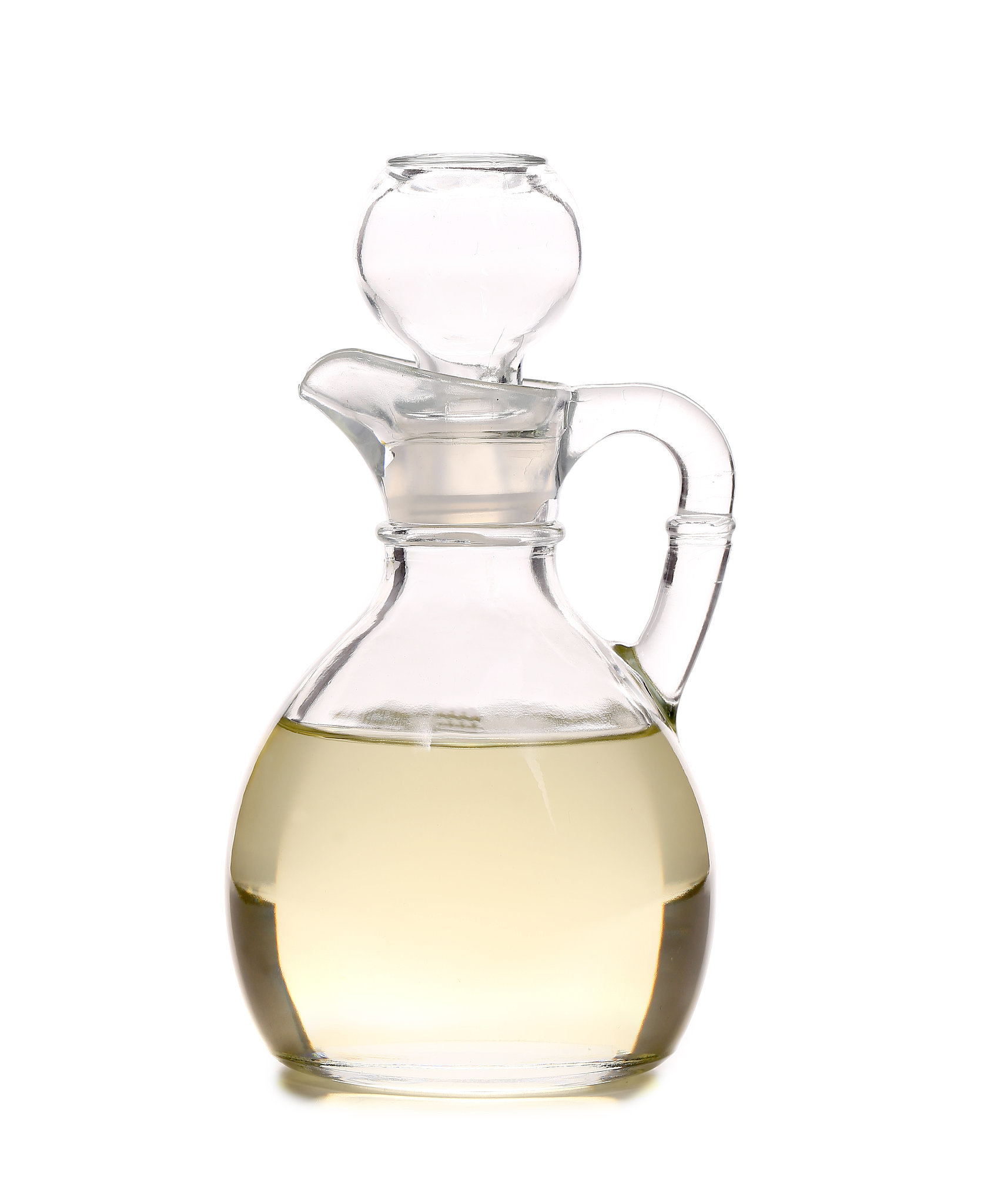Zumba gives you a calorie-burning cardiovascular workout in the atmosphere of a dance party. Latin dance moves are the basis for this fusion dance style, but movements from belly dance, hip-hop and raggaeton also feature in Zumba. The emphasis on having fun can help you stick with this workout even if you usually dislike exercise. Because Zumba dancing burns calories so quickly, it can help you lose a significant amount of weight in one month.
Burn Calories Fast
Zumba is a type of fast dancing. One hour of fast dancing burns 446 calories if you weigh 155 pounds and 532 calories if you weigh 185 pounds. You need to burn 3,500 calories to lose 1 pound, so with three one-hour Zumba sessions a week, you should lose at least 1 pound in a little over two weeks or almost 2 pounds a month. If you dance Zumba for one hour a day and eat 500 calories a day less than you need to maintain your weight, you should lose 2 pounds weekly or 8 pounds a month. This is a fast, but healthy rate of weight loss. Losing weight any faster means you're losing muscle instead of fat.
Workout Schedule
You may need 60 to 90 minutes of physical activity daily to lose weight, according to the American College of Sports Medicine. While attending daily classes may not practical, you can work out at home by following along with Zumba videos or DVDs. If you don't have a full hour to spare, you can break your workout into sessions of at least 10 minutes throughout the day and get the same benefits you would from a longer workout.
Benefits of Zumba
Interval training, which is cardiovascular exercise that alternates between periods of high- and moderate-intensity activity, helps you burn more calories than moderate-intensity activity alone. Zumba involves both fast and slow dancing, so it works like interval training. Zumba works your whole body, helping tone every muscle group, particularly your back and abdominals. The dance moves may also improve your posture, balance and flexibility. If you feel inhibited exercising with others, Zumba's party-like amosphere may help you loosen up and gain confidence.
Zumba Tips
Because you'll be on your feet for the whole workout, proper footwear like cross trainers or aerobic dance shoes is a must, advises Melanie Kendall in an article for "Syracuse University's NCC News" of March 23, 2011. Wearing loose-fitting, breathable clothing lets you move easily and helps you stay cool. You'll work up a sweat during your Zumba session, so drink plenty of water before and after to stay hydrated. If you have knee or lower back problems, ask an instructor about modified moves that can help you avoid stressing your weak areas.
By Uzma Umer Abbasi
































